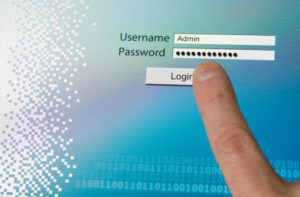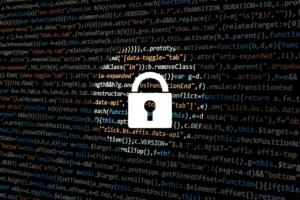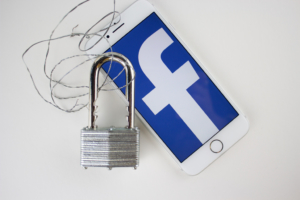Two-Factor Authentication: What is It and How Does it Work?
There are many ways that you can protect yourself on the internet, and one of the things you can do is begin using two-factor authentication.

You have likely seen two-factor authentication even if you don’t totally know what it is. For example, if you do your banking online, your bank might send a code to you via text or email. Or when you try to change your password you might receive some form of a confirmation to make sure it’s you. This is exactly what two-factor authentication is…it’s an extra step you take that confirms you own the account. This makes it harder for a criminal hacker to get into your account. Not only does a hacker need a password to get into the account, but with two-factor authentication, they also need access to your email account, a keyfob or your smart phone.
Sites That Have Two-Factor Authentication
Most major websites offer two-factor authentication. You can find help setting these up, below:
You can set up two-factor authentication on your iPhone, iCloud, or iPad:
- Click “Settings,” “Security,” and finally choose “Turn on two-factor authentication.”
- Enter your phone number
- Check your texts, and then enter the code. That’s it.
- Log into your Facebook account and then click “Settings” before clicking “Security and Login.”
- Click on “Use two-factor authentication,” and then click on “edit.”
- Choose the method. There are a number of options including apps, texts, and code generators.
- Instructions will appear on screens
- Click on “Enable.”
You can also set up two-factor authentication for Google accounts, including Gmail.
- Navigate to Google. Here, you can find two-factor authentication.
- Click on “Get started.”
- Follow the instructions that appear on screen to turn the feature on.
- Sign into your Yahoo account
- Click on “Account security.”
- Check to make sure “two-step verification” is clicked to “On.”
- Type in your phone number and choose phone call or text message
- Input the code, and then click “Verify.”
If you have an Instagram account, you can also set up two-factor authentication:
- Log into your Instagram account.
- Go to your profile and click on the operating system you use.
- Scroll down until the “two-factor authentication” option appears.
- Click “Require security code.”
- Insert your phone number, and then click “Next.”
- A code will be sent to your phone. Put it into Instagram, and then click “Next.”
If you have Twitter, you can use two-factor authentication, too, but there are different steps to take depending on how you get onto your account. For instance, it’s different on a laptop when compared to an iPhone. You can check out the Help Center to learn more about seeing up two-factor authentication.
Here are some more sites that allow two-factor authentication. Click on the links for more information:
With billions of records stolen, it is likely a criminal not only has your username for various accounts, which is often a simple email address, but they also might have your pass code for various accounts. Currently, the only real and true way to keep them out is with two factor authentication. And while some will debate that two factor authentication is far from full proof, it really is the best option that is easy to use and offers a comprehensive layer of defense.
Written by Robert Siciliano, CEO of Credit Parent, Head of Training & Security Awareness Expert at Protect Now, #1 Best Selling Amazon author, Media Personality & Architect of CSI Protection Certification.

 In this report, the public was advised to stop using two factor authentication. However, other people suggest that this is the very best way to
In this report, the public was advised to stop using two factor authentication. However, other people suggest that this is the very best way to  You definitely don’t want anyone taking control of your screen or sharing information with the group. Thankfully, you can restrict this by controlling screen sharing.
You definitely don’t want anyone taking control of your screen or sharing information with the group. Thankfully, you can restrict this by controlling screen sharing.  You probably have seen two-factor authentication even if you aren’t sure what it is. For instance, if you do online banking, your bank might text a code to your phone or email when you try to change the password. This is two-factor authentication. It’s basically just an extra step that confirms that you are the account owner. This makes it more difficult for hackers to get into your account, too. Not only do they need a password, they also need access to your smart phone or email account.
You probably have seen two-factor authentication even if you aren’t sure what it is. For instance, if you do online banking, your bank might text a code to your phone or email when you try to change the password. This is two-factor authentication. It’s basically just an extra step that confirms that you are the account owner. This makes it more difficult for hackers to get into your account, too. Not only do they need a password, they also need access to your smart phone or email account. Here are some tips that you can use to protect yourself:
Here are some tips that you can use to protect yourself:
 How a hacker circumvents two-factor authentication:
How a hacker circumvents two-factor authentication:























